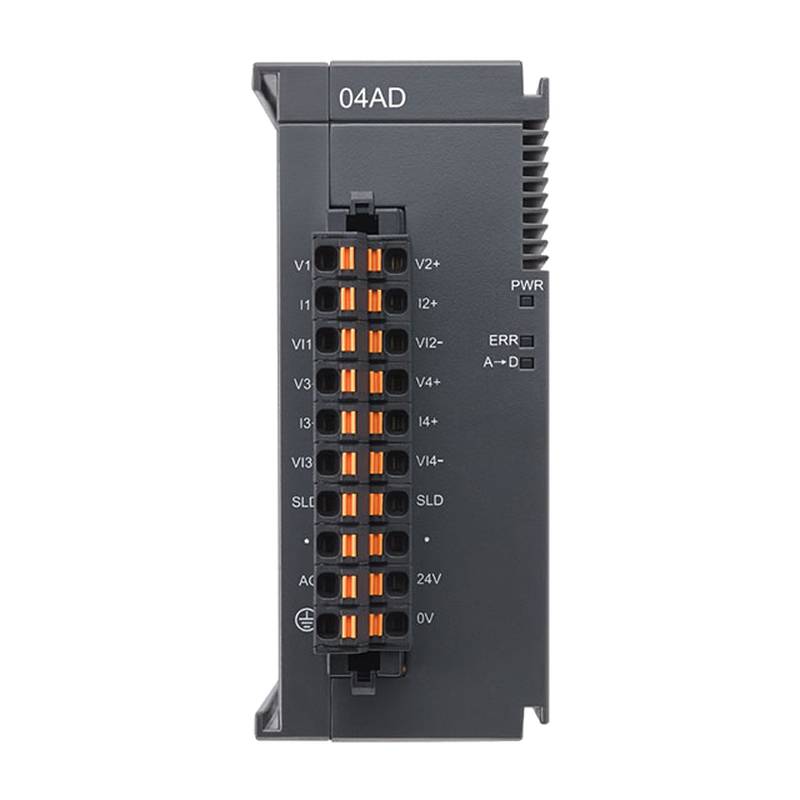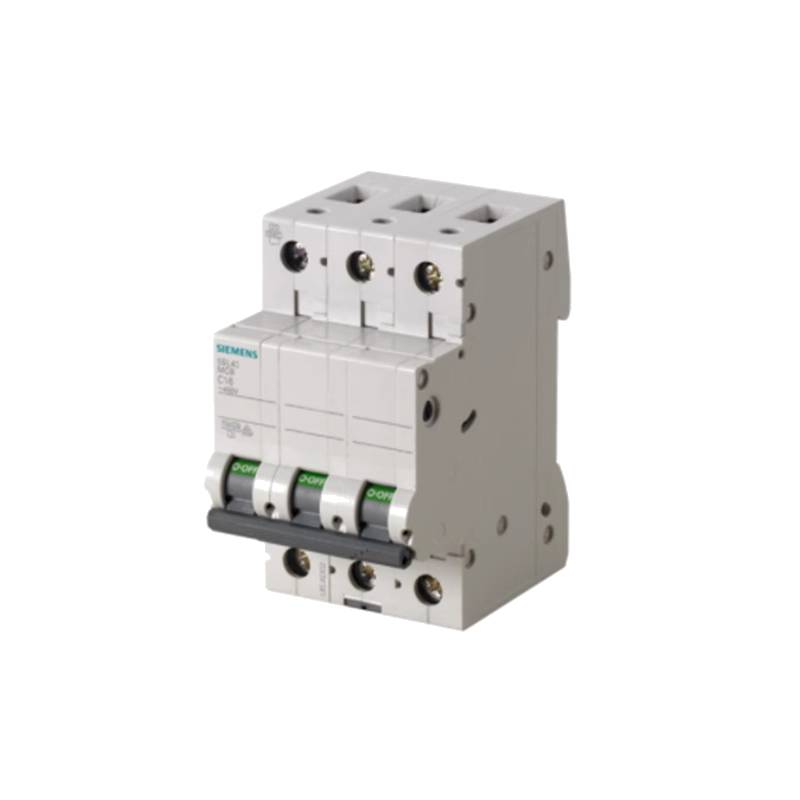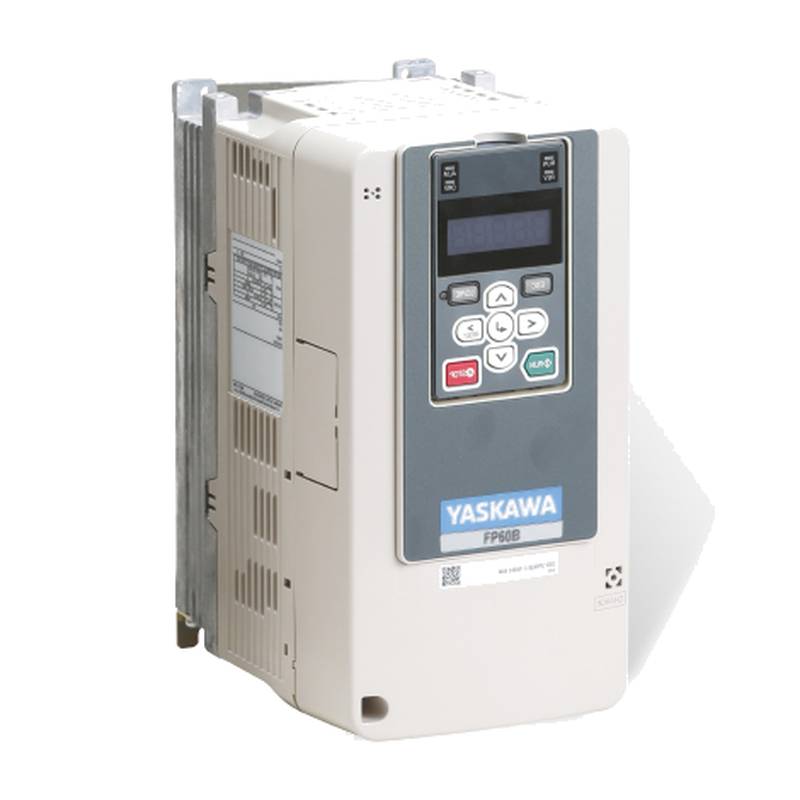
Delta AS04AD-A: Precision Analog Signal Acquisition for Industrial Automation
The Delta AS04AD-A is a high-performance, 4-channel analog signal acquisition input module designed to significantly enhance the capabilities of Delta's AS300 series PLCs. Engineered for precision and reliability, this module offers exceptional accuracy, versatile input support, and robust construction, making it an ideal solution for demanding industrial environments. Key advantages include its 16-bit resolution for detailed data capture, a rapid 2 ms/channel conversion time for real-time responsiveness, and the ability to accept both voltage and current inputs, providing unparalleled flexibility. The AS04AD-A boasts critical technical parameters such as 4 analog input channels, support for voltage (±10VDC) and current (±20mA) inputs, and a compact form factor suitable for DIN rail or chassis mounting.
Product Specifications
| Specification | Value |
| :-------------------- | :-------------------------------------------------------------------------------------------------------- |
| Model | AS04AD-A |
| Manufacturer | Delta Electronics |
| Product Type | Analog Input Expansion Module |
| Series Compatibility | AS300 Series, AS Series |
| Input Channels | 4 Analog Inputs |
| Input Signal Types | Voltage: ±10VDC, 0-5V, 1-5V, -5V to +5V
Current: ±20mA, 0-20mA, 4-20mA |
| Resolution | 16-bit |
| Conversion Time | 2 ms/channel |
| Isolation | Optically Isolated Channels |
| Supply Voltage | 24 VDC |
| Mounting | DIN Rail, Chassis Mount |
| Operating Temperature | -20°C to 60°C |
| Ingress Protection | IP20 |
| Certifications | CE, UL |
| Terminal Style | Pluggable Screw Terminal |
Core Features & Market Positioning
The Delta AS04AD-A distinguishes itself in the industrial automation market through its emphasis on high-accuracy analog signal acquisition. Its 16-bit resolution provides a granular level of detail critical for precise process control and monitoring, setting it apart from modules with lower resolution. The module's fast 2 ms/channel conversion time ensures that real-time data is available to the PLC, enabling rapid responses to dynamic industrial conditions. This combination of speed and precision positions the AS04AD-A as a superior choice for applications where even minor deviations in analog signals can have significant operational consequences. Furthermore, its versatile compatibility with both voltage and current signals enhances its appeal across a broad spectrum of sensor types and industrial equipment.
Key Application Scenarios
The robust capabilities of the Delta AS04AD-A make it indispensable in various industrial sectors. In Manufacturing and Automation, it facilitates precise monitoring of process variables such as motor speeds, temperature levels, and pressure readings, ensuring optimal production efficiency and product quality. Within Process Control Systems, the module accurately captures data from sensors used in chemical, food and beverage, and pharmaceutical industries, enabling sophisticated control loops and regulatory compliance. For Renewable Energy Monitoring, the AS04AD-A can be employed to track the performance of solar inverters or wind turbines by acquiring data on voltage, current, and power output, contributing to efficient energy management. Its application extends to Environmental Monitoring, where it can interface with sensors for parameters like air quality, water levels, and soil conditions, providing critical data for environmental management and research. Additionally, in the growing field of Industrial IoT (IIoT) Systems, the module acts as a vital bridge, converting real-world analog signals into digital data that can be transmitted for remote monitoring, analysis, and predictive maintenance.
Practical System Integration Guidance
Integrating the Delta AS04AD-A into an existing AS300 or AS Series PLC system is streamlined due to its modular design and plug-in terminals. The module mounts directly onto the PLC's base unit, typically via DIN rail or chassis mounting, simplifying physical installation. Wiring involves connecting sensors or signal sources to the module's input terminals, which utilize pluggable screw terminals for secure and straightforward connections. For programming, the module's analog inputs are mapped to specific device registers within the PLC. Users configure the input type (voltage or current) and range for each channel, often through the PLC's programming software like Delta's ISPSoft. This configuration translates the raw analog readings into usable engineering units. For instance, a 4-20mA signal can be scaled to represent a temperature range or a flow rate, allowing the PLC to accurately interpret and act upon the sensor data. Compatibility with the Delta AS Series ensures seamless communication and data exchange between the CPU and the AS04AD-A module.
Operation and Risk Mitigation
Operating the Delta AS04AD-A module requires adherence to standard industrial electrical safety practices. Ensure the PLC system is de-energized before performing any wiring or module installation to prevent electrical shock and equipment damage. The module's IP20 rating indicates it should be installed within an enclosure to protect against dust and accidental contact. Proper wiring is crucial; incorrect connections can lead to signal inaccuracies or damage to the module or connected devices. Always verify that the input signal type and range are correctly configured in the PLC program to match the connected sensor. Common troubleshooting scenarios involve checking wiring integrity, ensuring correct voltage and current configurations, and verifying that the analog signal is within the expected range. Issues like "No Input/Output Signal" or "Analog Signal Drift" can often be resolved by inspecting connections, recalibrating sensors, or ensuring proper grounding. LED indicators on the module and PLC can provide diagnostic information, and detailed troubleshooting guidance can be found in the AS Series Hardware and Operation Manual.
Scalability & Long-Term Value
The Delta AS04AD-A contributes to the scalability of Delta's AS Series automation platforms. The AS Series itself is designed for modular expansion, allowing users to add multiple I/O modules, including analog input/output and communication modules, to the CPU up to a certain limit (e.g., 32 extension modules for the AS300 series). This inherent modularity means that as automation needs grow, additional AS04AD-A modules or other I/O modules can be seamlessly integrated without requiring a complete system overhaul. The AS04AD-A's compatibility with the broader AS Series, and potentially other compatible Delta platforms like the AX-3 series, ensures a degree of future-proofing. For organizations embracing Industry 4.0 and IIoT initiatives, the AS04AD-A's ability to acquire precise analog data is foundational for building intelligent systems that leverage data for advanced analytics, remote monitoring, and optimized operational control. Its reliable performance and integration within the Delta ecosystem provide long-term value through enhanced system capabilities and reduced downtime.
Frequently Asked Questions (FAQs)
Q1: What types of analog signals can the Delta AS04AD-A module process?
The Delta AS04AD-A module is highly versatile, capable of accepting both voltage and current analog signals. This flexibility allows it to interface with a wide array of sensors commonly used in industrial applications, providing comprehensive data acquisition capabilities.
Specifically, it supports various voltage ranges, including ±10VDC, 0-5V, 1-5V, and -5V to +5V. For current signals, it accommodates ranges such as ±20mA, 0-20mA, and 4-20mA, making it adaptable to different sensor outputs and system requirements.
This broad compatibility ensures that users can integrate a diverse range of measurement devices without needing specialized signal conditioning modules, simplifying system design and reducing overall costs.
Q2: How does the 16-bit resolution of the AS04AD-A impact data accuracy?
A 16-bit resolution means the module can distinguish between 2^16, or 65,536, different levels within the analog input range. This high level of detail translates directly into more precise measurements of the analog signal.
For industrial processes where even minor variations are critical, such as precise temperature control or flow rate monitoring, this enhanced resolution prevents loss of data granularity. It allows for finer adjustments and more accurate feedback loops in automation control systems.
Consequently, the AS04AD-A module provides more accurate and reliable data compared to modules with lower resolutions, leading to improved process efficiency, reduced waste, and better product quality.
Q3: What is the significance of the 2 ms/channel conversion time?
The 2 ms/channel conversion time signifies how quickly the module can read an analog signal and convert it into a digital value that the PLC can process. A faster conversion time is crucial for applications requiring real-time responsiveness.
This rapid conversion rate ensures that the PLC receives up-to-date information about the process, allowing for immediate adjustments to control parameters. This is vital in dynamic environments where conditions can change rapidly, such as high-speed manufacturing lines or critical process control loops.
In essence, the fast conversion time of the AS04AD-A minimizes latency in data acquisition, enabling more effective closed-loop control and preventing potential issues arising from delayed feedback.
Q4: Can the AS04AD-A module be used with PLCs other than Delta's AS Series?
The AS04AD-A is specifically designed and optimized for seamless integration with Delta's AS Series (including AS300) PLCs. Its modular design and communication protocols are tailored for this ecosystem.
While it might be possible in some highly customized scenarios to interface with non-Delta PLCs using specialized gateways or intermediate devices, this is not its intended application. Such configurations would likely be complex and may not be officially supported.
For guaranteed compatibility, optimal performance, and ease of integration, it is strongly recommended to use the Delta AS04AD-A exclusively with Delta AS Series PLC systems.
Q5: How is the AS04AD-A module physically installed in an industrial control panel?
The AS04AD-A module is designed for straightforward installation within industrial control panels. It typically utilizes DIN rail mounting, a standard for industrial equipment, allowing it to clip securely onto a 35mm DIN rail.
Alternatively, it also supports chassis mounting, providing flexibility depending on the specific control panel layout and existing infrastructure. The module often features plug-in, screwless terminals for quick and secure wiring connections, further simplifying the installation process.
This focus on ease of installation, along with its compact form factor, helps to save valuable space within control cabinets while ensuring a robust and reliable physical connection.
Q6: What are the typical applications for the Delta AS04AD-A module?
The Delta AS04AD-A finds extensive use across various industrial automation scenarios that require precise analog signal measurement. Its capabilities are well-suited for manufacturing processes, where it can monitor variables like temperature, pressure, and flow rates.
It is also employed in process control systems across diverse industries such as chemical, food and beverage, and pharmaceuticals, where accurate data acquisition is critical for maintaining product quality and safety. Furthermore, it serves applications in environmental monitoring and renewable energy systems.
As industries increasingly adopt Industrial IoT (IIoT) solutions, the AS04AD-A plays a crucial role in converting real-world sensor data into digital formats for remote monitoring and analysis.
Q7: Does the AS04AD-A module provide channel isolation?
Yes, the Delta AS04AD-A module features optically isolated channels. This isolation is a critical safety and reliability feature in industrial environments.
Optical isolation prevents electrical noise and potential voltage spikes from one channel from affecting other channels or the PLC's main processing unit. This separation enhances signal integrity and protects sensitive control system components from electrical disturbances.
This isolation is particularly beneficial when dealing with sensors from different parts of a plant or when the analog signals might be susceptible to interference from heavy machinery or power systems.
Q8: How does the AS04AD-A contribute to system scalability?
The AS04AD-A is part of Delta's modular AS Series PLC system, which is inherently designed for scalability. Users can expand their system's I/O capacity by adding multiple AS04AD-A modules or other compatible I/O modules to the PLC base.
This modular approach allows businesses to start with a basic configuration and then easily add more analog input channels as their operational needs or data acquisition requirements grow. The system can accommodate a significant number of extension modules, up to 32 in some AS Series configurations.
This flexibility ensures that the automation infrastructure can evolve with the company's demands, providing a cost-effective long-term solution without requiring a complete system replacement.
Q9: What are the power supply requirements for the AS04AD-A module?
The Delta AS04AD-A module operates on a 24 VDC power supply. This is a standard voltage used in most industrial automation systems, ensuring compatibility with common power distribution setups.
It is essential to ensure that the 24 VDC power source is stable and appropriately rated for the total current draw of the PLC system, including all connected I/O modules. Proper power supply management is crucial for the reliable operation of the entire automation system.
Users should refer to the specific power consumption details for the AS04AD-A and the overall PLC system requirements to design an adequate power distribution system.
Q10: Are there specific troubleshooting steps for common issues with the AS04AD-A?
Common issues with analog input modules like the AS04AD-A can include no signal, inaccurate readings, or communication errors. For signal issues, verify sensor wiring, ensure correct input range configuration (voltage/current) in the PLC program, and check sensor calibration.
Inaccurate readings might stem from electrical noise interference, requiring proper shielding and grounding of signal cables, or from analog signal drift over time, which necessitates periodic recalibration of sensors and the module.
For communication errors, ensure the module is correctly seated on the PLC base and that the PLC's hardware configuration properly recognizes the AS04AD-A. Consulting the Delta AS Series Hardware and Operation Manual provides detailed diagnostic information and troubleshooting flows.

























